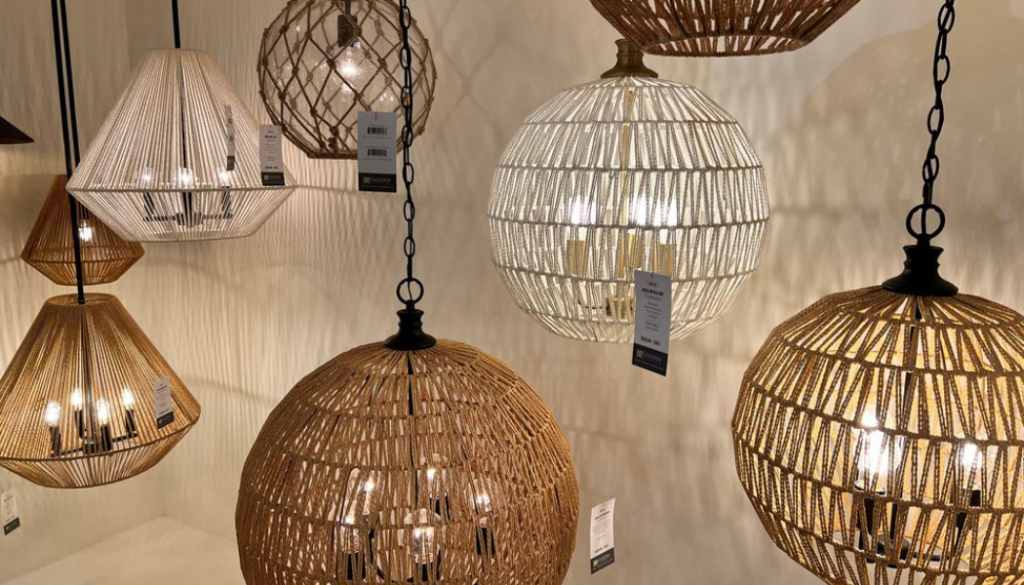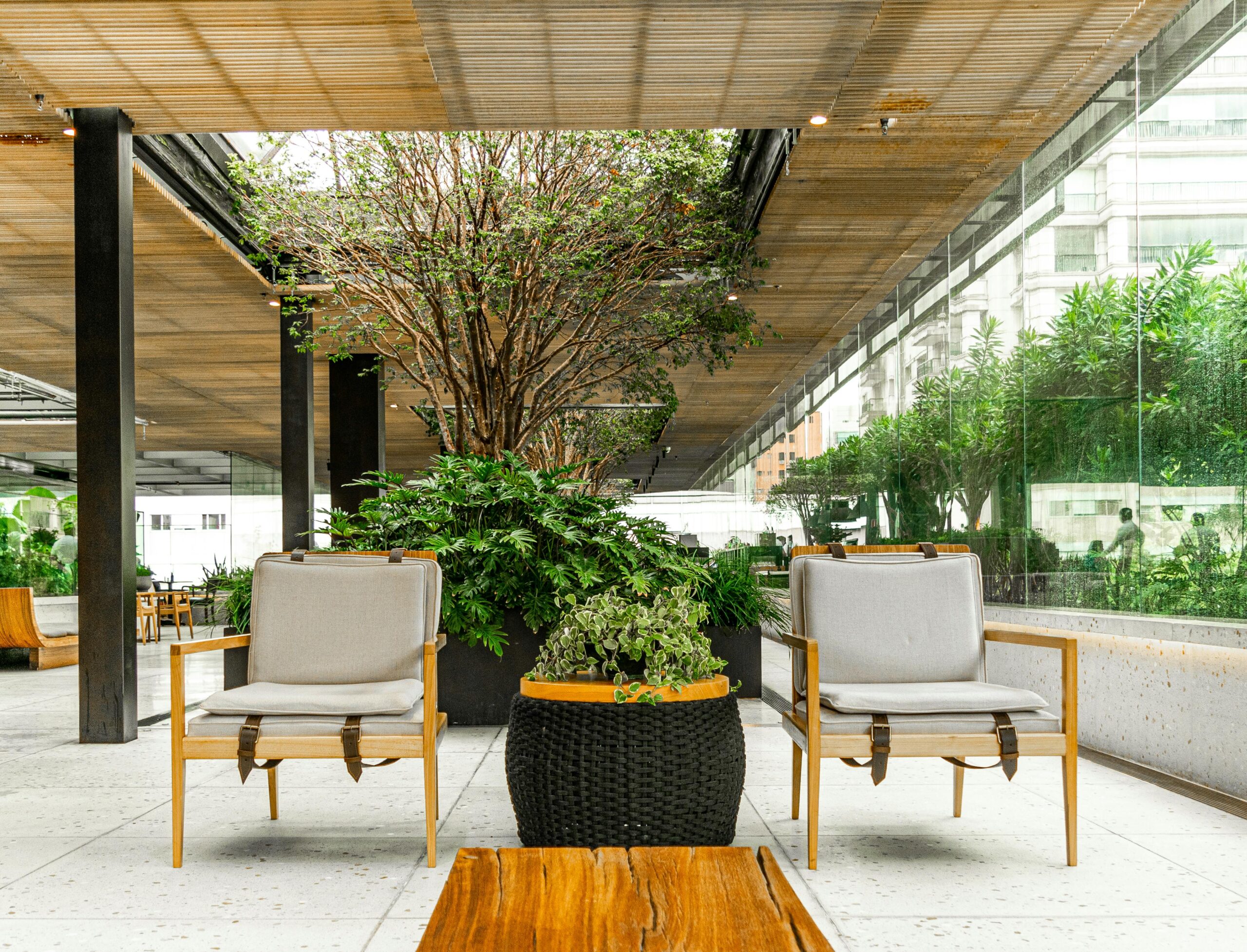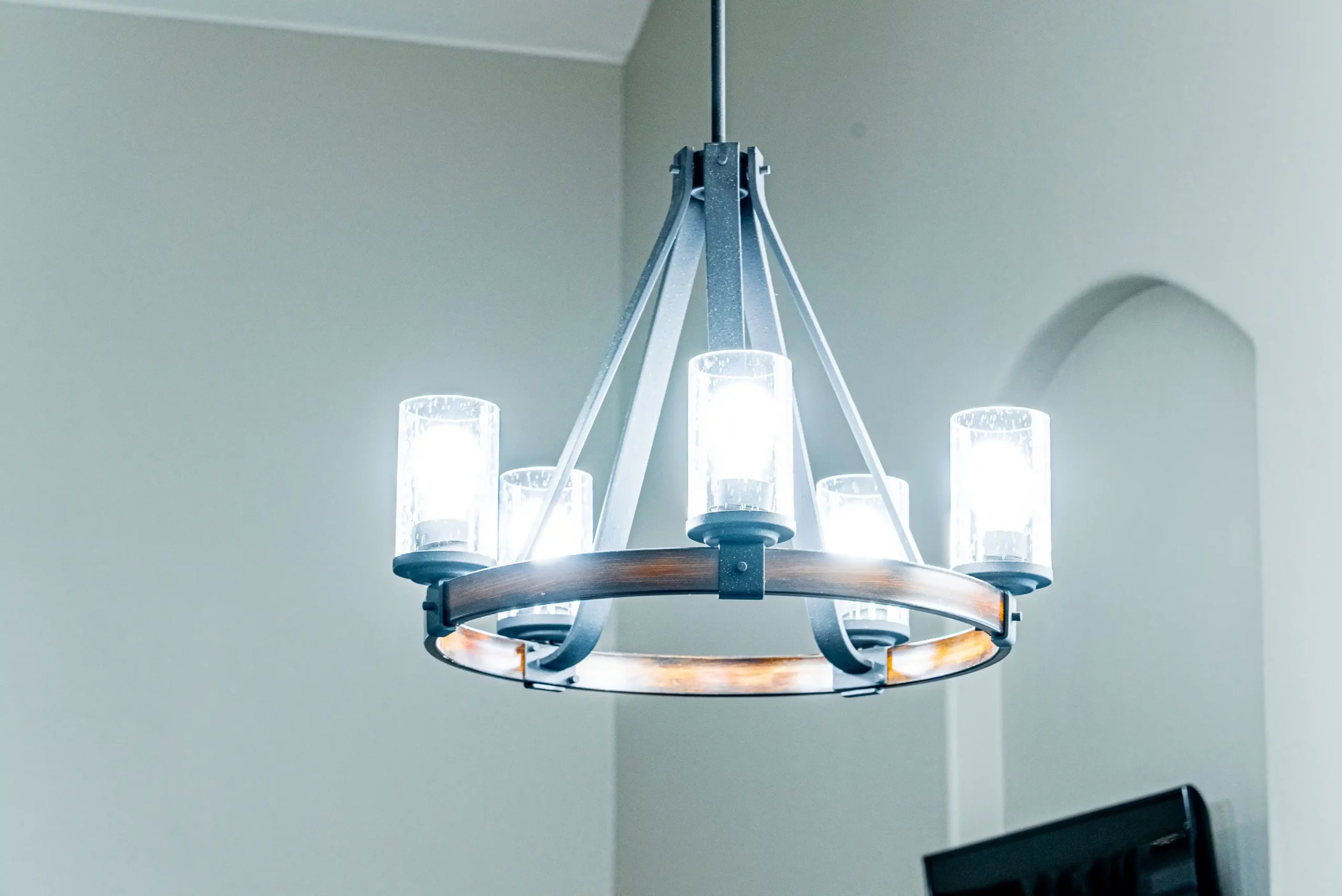Most of us have the wrong light color in our bedrooms for optimal sleep. Research reveals something unexpected – red light could help you drift off to sleep faster and rest better. The sort of thing I love about sleep science is discovering how bedroom lighting’s color can affect our rest so deeply.
Our body’s internal clock – the circadian rhythm that manages sleep and wake cycles – depends heavily on light. Blue and white light especially when you have exposure at night interferes with our natural melatonin production. People need about 11.8 minutes to fall asleep with their preferred light color. White light makes this stretch to nearly 19 minutes. These numbers show why choosing the right light color to sleep matters for our health and well-being.
This piece will guide you through the best colors to help you sleep, explain why certain light wavelengths disturb your rest, and help you pick the ideal LED color for bedtime. You’ll also learn practical ways to adjust your bedroom lighting that lead to better sleep quality.
How light affects your sleep cycle
Your circadian rhythm works as your body’s internal 24-hour clock that synchronizes everything from sleep patterns to body temperature, hormone secretion, and cognitive function. This biological timekeeping system has adapted over thousands of years to help humans thrive by anticipating changes in light, temperature, and food availability.
The role of circadian rhythm
The suprachiasmatic nucleus (SCN), your brain’s central timekeeper, mainly responds to light changes around you. Humans used to live with predictable light patterns – bright days and completely dark nights. In spite of that, our modern lifestyle has changed this natural pattern completely. Research shows people who experience only natural light cycles (like campers) get high daytime light exposure and very little evening light. This stands in stark contrast to those living in industrialized societies who see the exact opposite pattern.
Melatonin and its connection to light
Your brain starts producing melatonin, the sleep hormone, as darkness sets in. Your core body temperature drops at the same time, which makes you feel less alert. Light can easily disrupt this process. Scientists have discovered that even dim light of just eight lux (about twice as bright as a night light) can block melatonin production and throw off your circadian rhythm.
The timing plays a crucial role. Light exposure in the evening can substantially delay when melatonin kicks in – light levels of just 10, 30, and 50 lux pushed melatonin back by 22, 77, and 109 minutes respectively.
Why artificial light disrupts natural sleep
Our modern lighting has completely changed how we naturally sleep and wake up. Half of all homes have lighting bright enough to cut melatonin by 50%. Some people’s melatonin drops by up to 87% from regular home lighting. Blue light from screens causes even more problems because it suppresses melatonin much more than other types of light.
This affects more than just your sleep quality. Regular disruption of your circadian system can lead to higher risks of diabetes, obesity, heart disease, cognitive problems, and certain cancers. Everyone reacts differently – some people’s melatonin drops by half even in dim reading light, while others need bright office lighting to see the same effect.
Colors that help or hurt your sleep
Different colors of light can affect your sleep quality. Some colors help you relax, while others keep you awake past bedtime.
Red light: the best LED color for sleep
Red light stands out as the top choice for better sleep. It barely affects melatonin production, which makes falling asleep easier. Research shows that red light exposure can help you fall asleep in just 1-3 minutes. People who use amber lenses (blocking blue light but letting red light through) sleep better.
Red light helps people with insomnia by boosting daytime alertness and improving nighttime sleep. Just note that very bright red light can still block melatonin and mess with your sleep.
Amber and orange: warm tones that relax
Amber and orange light work like sunset’s warm glow, telling your body it’s time to rest. These colors, between 590-620 nanometers, barely affect your body’s natural sleep cycle. Bright white light cuts melatonin by over 50%, but bright amber light (800 lux) doesn’t affect it at all.
A study found that people using amber light fell asleep 19 minutes faster and slept 9.9% better. These warm colors keep melatonin levels steady, creating the perfect environment for sleep.
Blue and violet: colors to avoid
Blue light disrupts sleep the most by blocking melatonin. It delays sleep by 16-19 minutes and lifts corticosterone levels – a stress hormone that keeps you awake.
Violet light (360-400 nm) delays sleep by 5-10 minutes. A newer study published in suggests violet light might help some sleep issues, but most research shows it disrupts sleep like blue light does. It’s best to avoid it before bed.
Green and white: surprising disruptors
Green light can mess with your sleep more than you’d think. Studies show it reduces drowsiness by cutting melatonin production, though only half as much as blue light.
White light, especially from LEDs and fluorescent bulbs, contains lots of blue wavelengths. People take about 19 minutes to fall asleep under white light, compared to 11.8 minutes under their preferred color. For better sleep, choose warmer colors and stay away from white light in the evening.
What science says about preferred light colors
The science behind how light colors affect our sleep patterns reveals some remarkable discoveries.
Studies on red light and sleep quality
Research shows mixed results about red light’s effects. Some studies indicate red light makes people more alert and anxious, while others show it helps with sleep. A study discovered that exposure to red light before bed helped people fall asleep faster than white light. Red light helped insomnia patients drift off in just 12.3 minutes compared to 21.2 minutes with white light.
How personal preference affects sleep onset
Your color priorities make a big difference in how quickly you fall asleep. Research shows people drift off fastest under their preferred color light—taking about 11.8 minutes versus 18.8 minutes with white light. Scientists confirmed these findings when test subjects fell asleep in 12.3 minutes with their favorite colors, while darkness took 21.1 minutes. Heart rate measurements proved that people’s nervous systems respond better to their preferred light colors.
Experiments comparing light colors and darkness
Scientists have tested many different light wavelengths. A mouse study tested violet, blue and green light. Green light helped mice sleep quickly (1-3 minutes), while blue light delayed sleep (16-19 minutes). Human studies tell a different story – warm colors like amber and red work better than both darkness and cool-colored lighting for helping people fall asleep.
Practical tips for better bedroom lighting
Ready to apply sleep science to your life? Let’s look at practical ways you can optimize your bedroom’s lighting for the best sleep possible.
Use dimmable warm lights in the evening
Your light choices set the foundation for good sleep. Replace harsh overhead lighting with warm-toned lamps that give off reds, oranges, or ambers at night. These colors barely affect your circadian rhythm and help boost melatonin production. You’ll get even better results with dimmer switches that let you lower light levels gradually as bedtime nears. Research shows people can cut their evening light exposure to very low levels (about 3 lux) with just one remote lamp. Your goal is simple – create a soft, warm glow that tells your body it’s time to rest.
Avoid screens or use blue light filters
Screens are the biggest sleep disruptors. Try to stay away from all screens 1-2 hours before bed. When that’s not possible, built-in features like Night Shift on Apple devices or f.lux for computers can help. Blue light blocking glasses work great too – they filter out wavelengths that mess with sleep. Your eyes need breaks, so remember the 20-20-20 rule: look at something 20 feet away for 20 seconds every 20 minutes.
Choose smart bulbs with color control
Smart LED bulbs have changed bedroom lighting by matching your sleep-wake cycle. Most options come with multiple color settings—energizing morning light (6000K), daytime light (3000K), and relaxing evening light (2000K). These systems link to apps that create automated routines and adjust color temperature throughout your day. Some bulbs even mimic sunrise, with light that brightens slowly to wake you naturally.
Set a lighting routine to wind down
A consistent lighting pattern reinforces your natural sleep cycle. Dim your lights 1-2 hours before bedtime. Switch bright white bulbs to softer, yellow or amber options at night. A tech-free bedtime routine helps eliminate blue light sources. Complete darkness works best during sleep, but very dim red night lights are fine if needed. This approach signals your brain that it’s time to rest.
Conclusion
Science shows that your bedroom‘s light colors can affect your sleep quality by a lot. Red light helps you sleep better than other colors. Amber and orange tones that match natural sunset come next. The cool blue, violet, and green lights we use often mess with our body’s sleep patterns.
People drift off to sleep almost twice as fast with their preferred light colors compared to white lights. Better sleep quality leads to improved health.
A regular lighting schedule makes a real difference. You should lower the lights as bedtime gets closer. Reading books instead of looking at screens helps. Smart bulbs that switch to sleep-friendly colors at night are worth the investment.
Your bedroom’s lighting does more than just look good or make things convenient. It helps regulate your natural sleep cycle. Simple changes like warm-colored dimmable lamps or blue light blocking glasses can help you fall asleep faster and wake up more refreshed.
It’s worth mentioning that everyone has different priorities. Red light works best in research, but the right approach mixes proven methods with what feels comfortable to you. The best light color for sleep ended up being the one that helps you relax and drift off to sleep naturally each night.
FAQs
Q1. What color light is best for promoting sleep? Red light is considered the best color for promoting sleep. It has minimal impact on melatonin production and can help you fall asleep faster. Amber and orange lights are also good options as they mimic the warm glow of sunset.
Q2. How does bedroom light color affect sleep quality? The color of light in your bedroom can significantly impact sleep quality. Warm colors like red, amber, and orange are less disruptive to your circadian rhythm and melatonin production. In contrast, blue, violet, and even green light can interfere with your natural sleep patterns.
Q3. Is it better to sleep in complete darkness or with a night light? Complete darkness is generally best for sleep. However, if you need a night light, choose a dim red light as it’s the least disruptive to sleep. Avoid white or blue night lights, as these can suppress melatonin production and interfere with your sleep cycle.
Q4. How can I optimize my bedroom lighting for better sleep? To optimize your bedroom lighting, use dimmable warm-toned lamps in the evening, avoid screens before bedtime or use blue light filters, invest in smart bulbs with color control, and establish a consistent lighting routine that gradually dims lights as bedtime approaches.
Q5. Does personal preference matter when choosing sleep-friendly lighting? Yes, personal preference plays a significant role in sleep-friendly lighting. Studies show that people fall asleep faster under their preferred light color compared to standard white lighting. While red light is generally recommended, the most effective approach combines science-backed choices with your personal comfort.













